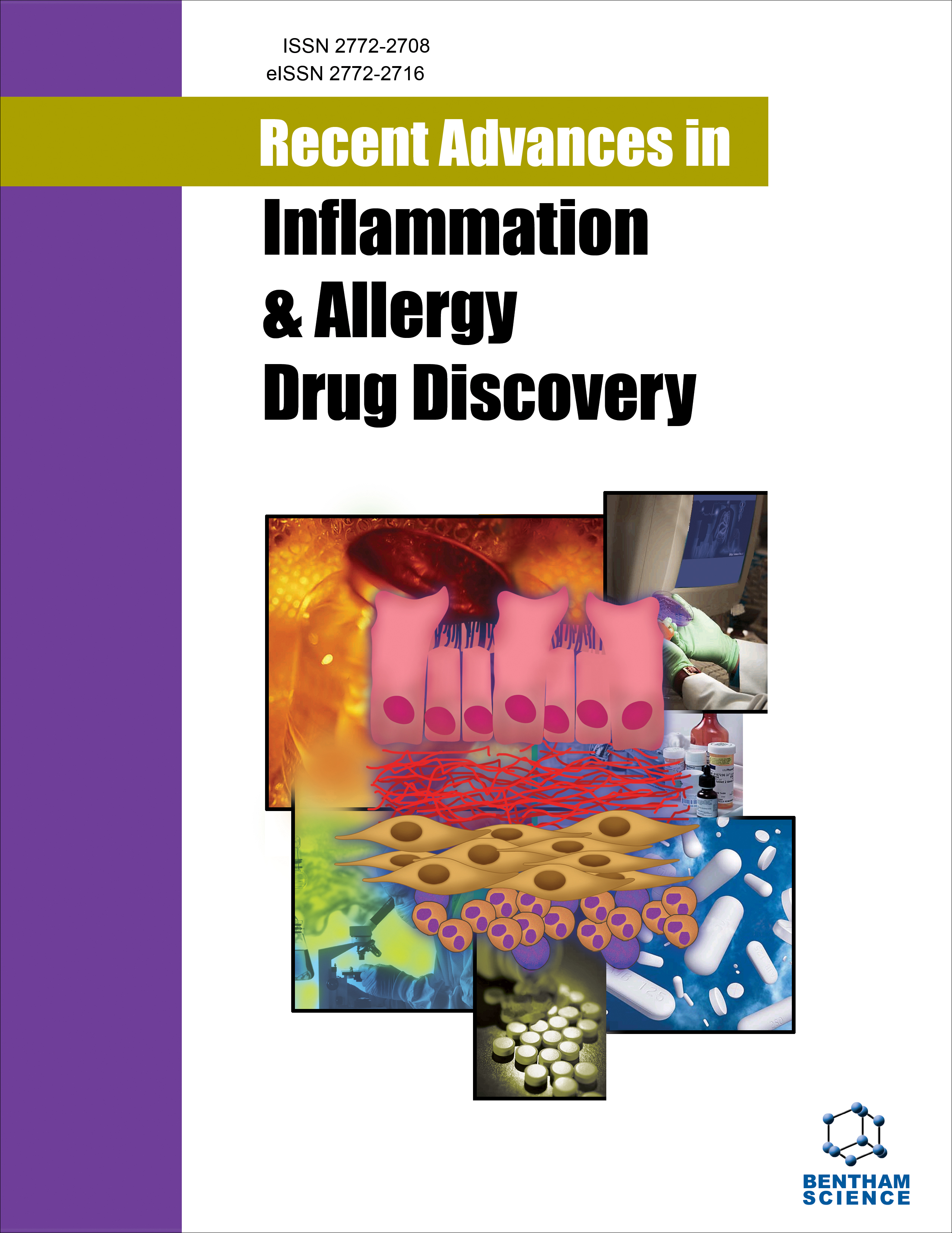
Full text loading...
We use cookies to track usage and preferences.I Understand

This extensive analysis explores the dynamic interface between precision medicine and diabetes mellitus treatment, with a specific emphasis on wound healing in diabetic populations. Beginning with an insightful introduction, the article underscores the critical importance of effective wound healing within the broader context of diabetes mellitus, while tracing the evolutionary trajectory of precision medicine in healthcare. By elucidating the pathophysiological intricacies of diabetic wound healing, the review unveils the complex molecular mechanisms that drive this multifaceted process. Subsequently, a meticulous exploration follows into the application of precision medicine paradigms in diabetic wound care, delineating fundamental principles and diverse avenues through which precision medicine strategies can optimize diabetes management. Through a nuanced discussion of targeted therapies and interventions, the review highlights burgeoning approaches tailored to individual patient needs, accentuating the transformative potential of precision medicine in reshaping treatment paradigms. Drawing upon clinical trials and compelling case studies, the article offers valuable insights into the real-world efficacy of precision treatment modalities, elucidating successful applications and their profound implications for diabetic wound healing outcomes. Moreover, the review anticipates and addresses emerging challenges and future trajectories within the field, including the pivotal roles of biomarkers and diagnostic modalities, the integration of telemedicine platforms, and the increasing influence of artificial intelligence on diabetic wound healing endeavours. By synthesizing contemporary knowledge and delineating prospective pathways, this review underscores the catalytic potential of precision medicine in heralding a new era of enhanced outcomes for diabetic patients grappling with impaired wound healing.

Article metrics loading...

Full text loading...
References


Data & Media loading...